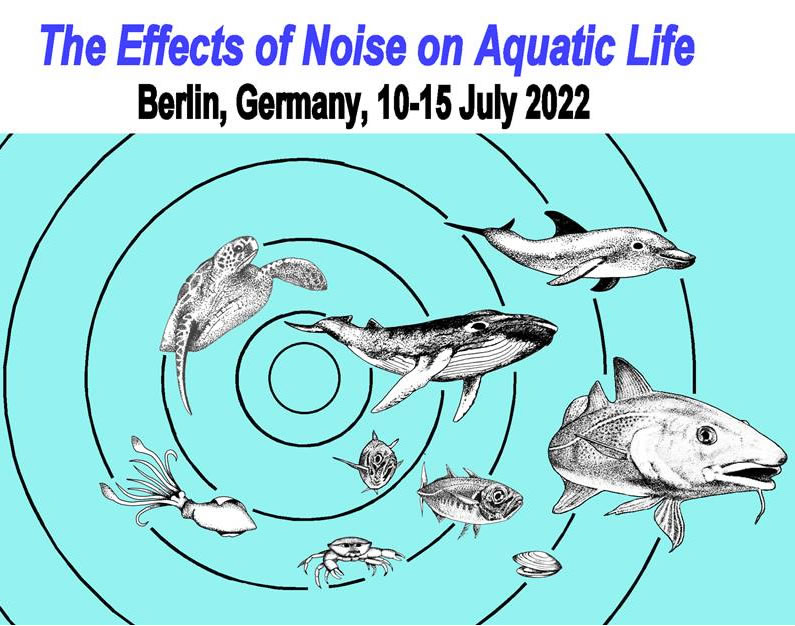

Comments: (no paper yet)
Ref.: Int. Conf. on the Effects of Noise on Aquatic Life, Berlin (Germany),
July 2022
Abstract:
The soundscape of the marine environment suffers from a significant influence of anthropogenic
noise sources. While the main source of noise resulting from human activities in the ocean is
shipping, there are others such as military sonar, energy harvesting, seismic surveys, etc, that
contribute to potentially harmful effects on the surrounding marine life. In the past, several
proposals involving seismic exploration were raised along the coast of Portugal, regardless of
the fact that the Portuguese south-west coast is of great interest in terms of marine biodiversity.
Several methods to assess the potential risk to which species could be exposed were proposed
over the years (Erbe et al. 2014; Verling et al. 2021). The objective of this study is to assess the
risk areas through the combination of species distribution maps and noise maps in the region of
Setúbal as proposed by Erbe et al.,2014.
A seismic survey was simulated in the region of Setúbal, between W[-8.92;-8.87] and
N[38.42;38.34], in January and June 2019 using a GEO-Source200 Sparker as reference for
the frequency range of 300-1000Hz. Concerning species distribution maps, the population of
common dolphins was chosen as a representative of the small cetaceans present in the area.
Ecological Niche Models (ENMs) were developed for the Portuguese coast combining
observations records from multiple sources and environmental variables through maximum
entropy modeling.
The results on noise modelling indicate that sound levels of up to 190 dB are received in some
areas, impacting the species hearing perception in a range of 40km around the surveying zone.
Additionally, it was also possible to observe the influence of the seasons in the sound
propagation. On the other hand, results from the ENM for the common dolphin (Delphinus
delphis) showed high habitat suitability values along all the coast of Portugal, with a particularly
strong habitat quality near the region of Setúbal, confirming this region as of great interest in
terms of risk assessment and protection measures.
The results on risk assessment were obtained by multiplying species distribution and noise maps
in a normalized scale between 0 and 1, and by normalizing again the result of this
multiplication. The results show the sensitivity of coastal areas, especially until the bathymetric
line of 250m. Furthermore, during the summer season, higher levels of risk were found in a
broader area than in winter, reflecting a seasonality and consequently indicating periods of the
year less suitable for these practices.